I Catch Killers: The tragic death of Australian soldier Jake Kovco
When a young soldier in Iraq was found shot in the head and the wrong body sent back to Australia, his family demanded answers and a NSW homicide cop was sent to find the truth. DON’T MISS GARY JUBELIN’S I CATCH KILLERS PODCAST
I Catch Killers
Don't miss out on the headlines from I Catch Killers. Followed categories will be added to My News.
For a nation already uneasy with the war in Iraq, the death of an Australian soldier in his own barracks, shot with his own gun, was too much to accept.
A young soldier, Private Jacob Kovco, 25, stationed at the Australian embassy in Baghdad, died in April 2006 of a catastrophic single gunshot wound to his head — the first Australian military personnel death in the Iraq conflict.
Two other soldiers had been in the room and said they had no idea what had happened; one moment their roommate was sitting on his bed, the next he was dead.
EXCLUSIVE: As a subscriber you have early access to Season 2 of I Catch Killers with Gary Jubelin. Immediately below are Parts 1 and 2 of his fascinating interview with Wayne Hayes, who led investigations on some of Australia’s most haunting cases.
Part 1 (above) There are certain deaths in Australia that capture the public’s attention and it has been Wayne Hayes’s job to investigate what really happened.
Part 2 (above) Hunting down bikies and crims was Wayne Hayes’s life. He reveals some of the secrets to his success as a detective.
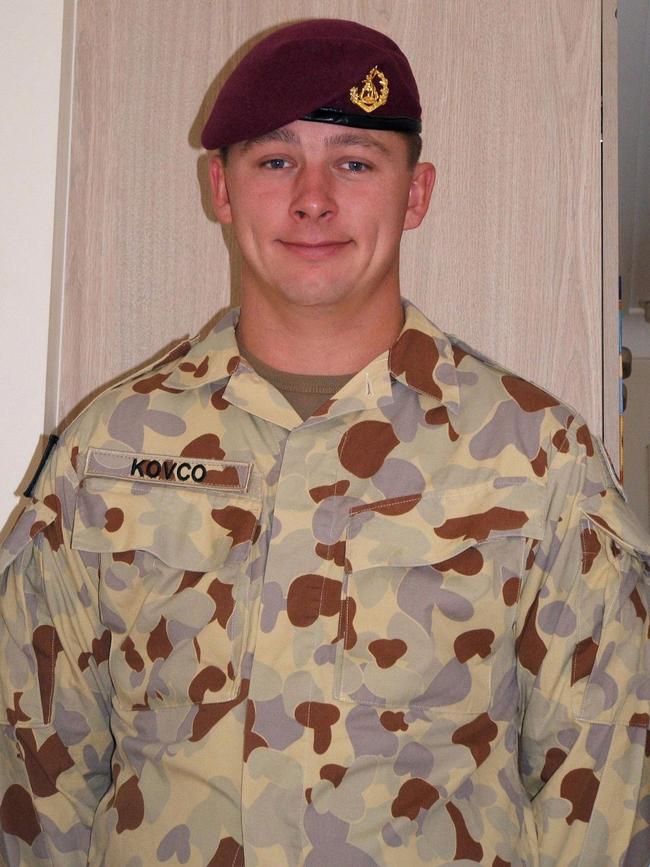
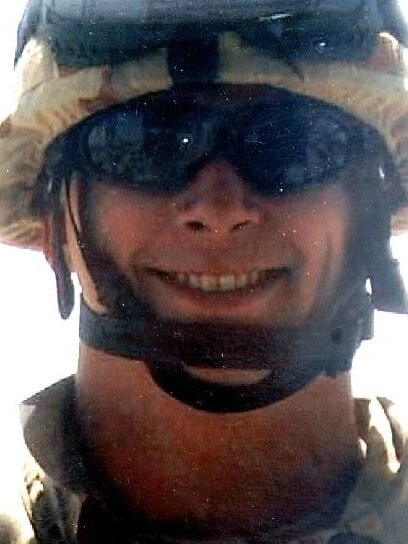
Kovco had given no signs of being suicidal and there seemed no apparent motive for murder.
Defence Minister Brendan Nelson initially announced Kovco shot himself accidentally while cleaning his weapon, then said the pistol had spontaneously discharged through some mysterious malfunction and then indicated Kovco must have knocked the weapon while “fiddling about” with other equipment.
Reports from “senior military sources” began to emerge that he may have knocked a laptop onto the weapon while it was sitting in his lap, causing it to discharge and shoot him dead — suggestions that merely served to baffle his grieving family and raise suspicion in a nation deeply at odds with itself over Australia’s involvement in the Iraq war.
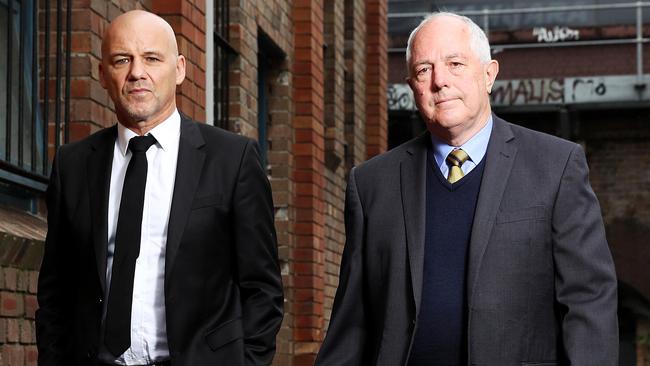
Kovco’s wife Shelley insisted her husband would never have killed himself. His mother Judy Kovco was even more resolute: he wouldn’t have taken his own life and what’s more, he was too dedicated and professional to muck around with a weapon. Judy Kovco suspected foul play and accused the military of covering up something sinister.
Adding to the maelstrom: Kovco had been having an affair, discovered by Shelley after his departure for Iraq. Judy Kovco revealed her son had been sexually abused by a neighbour as a child and had attempted suicide at 14. A diary he wrote while in Iraq revealed he’d had a dream — a premonition — about being shot in the head.
As if the mystery weren’t enough, then came another blow: when Kovco’s casket was flown home to Australia, after much ceremony, it contained the wrong body.

That’s when an Australian coroner was put in charge of the investigation and tasked NSW homicide detective Wayne Hayes to fly to Iraq and unpick what could possibly have happened to this bright young man.
He details the investigation in this week’s episode of hit podcast I Catch Killers with Gary Jubelin, including the military’s initial handling of the case, which included cleaning the death-scene before a forensic examination had been conducted, washing Kovco’s body repeatedly before a post-mortem, potentially erasing residues and other evidence, destroying the clothes he’d died in, plus the fact Kovco’s gun was apparently stored in a cardboard box after the shooting, rather than in a sealed plastic bag as per normal forensic procedure for handling exhibits.
Hayes’ first job was to work out what went wrong with the repatriation of Kovco’s body. He says Kovco’s sergeant had gone to the morgue in Kuwait to collect Kovco’s body for repatriation and assumed he was collecting the right man.
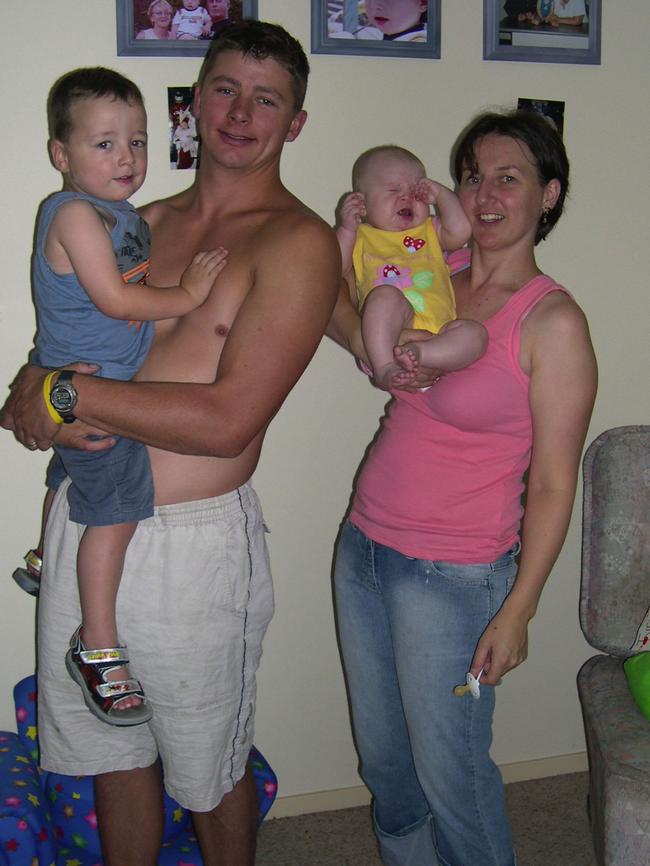

“The attendants at the morgue bring out a caucasian body. And it would appear that the sergeant doesn’t look at the body cause it’s one of his men. And the body’s brought back. And it would appear the morgue attendants just brought a caucasian body up there – and nobody’s checked the body.
“So they’ve actually brought back a (Bosnian) contractor who’s been working there and has died from cerebral haemorrhage.”
Next Hayes had to understand the crime scene, a glorified shipping container in which Kovco had been bunking with two other soldiers. The bullet entry wound, with “peppering” around it, indicated the weapon had been fired at close range just near Kovco’s head. But who had shot the gun?
Hayes had his own police experts redo the forensic examination of the scene, where blood spatters still remained, and had his ballistic expert retrace the path of the bullet, which had lodged in the roof-cap of the insulated hut. They judged it had been fired by someone of approximately Kovco’s height standing up by one of the beds.

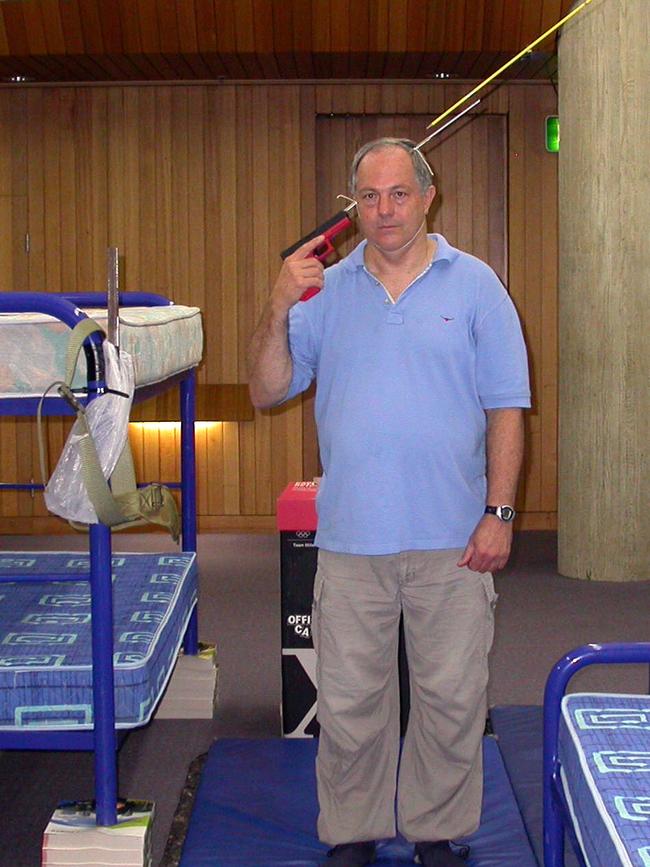
I CATCH KILLERS PODCAST
Episode 1: Haunted by fatal shot – Police sniper Brett Pennell
Episode 2: World’s post in-demand policeman – Former top cop Nick Kaldas
Episode 3: Hardcore cop, novelist and Page 3 model - Karen Davis
The crime scene had been disturbed when colleagues tried to revive Kovco, but a fellow soldier had taken photographs, which helped Hayes immensely.
“He gets a (photo of a) laptop on a bed. (One of the other) Soldier says he’s (Kovco) using his laptop on his bed. He gets a (photo of a) partly open door of a bar fridge in the room. And a Coke can. You can see Kovco’s bunk with his bed and his bed head. There’s a pistol holster hanging from it. Now, of the three soldiers in the room, Kovco is the only one with a pistol. It’s not standard issue for what were then paratroopers. They gave it to him. And unfortunately, his training hadn’t completed. So you’ve got this weapon — now when he also photographs the weapon, you can clearly see the baseplate (which indicated the weapon was loaded). But you can also see an expended round.
“In this case, the weapon didn’t eject the (cartridge) case. And you can clearly see it in these photographs taken minutes after Kovco shoots himself. The cartridge case’s hanging partly out of the ejection port. It’s called stovepiping.”
Semiautomatic weapons such as Kovco’s Browning pistol are supposed to fire, eject the empty bullet casing, and then feed another round into the chamber, a process known as cycling, but in this case, the weapon appeared to have jammed. That was the critical evidence, Hayes says.
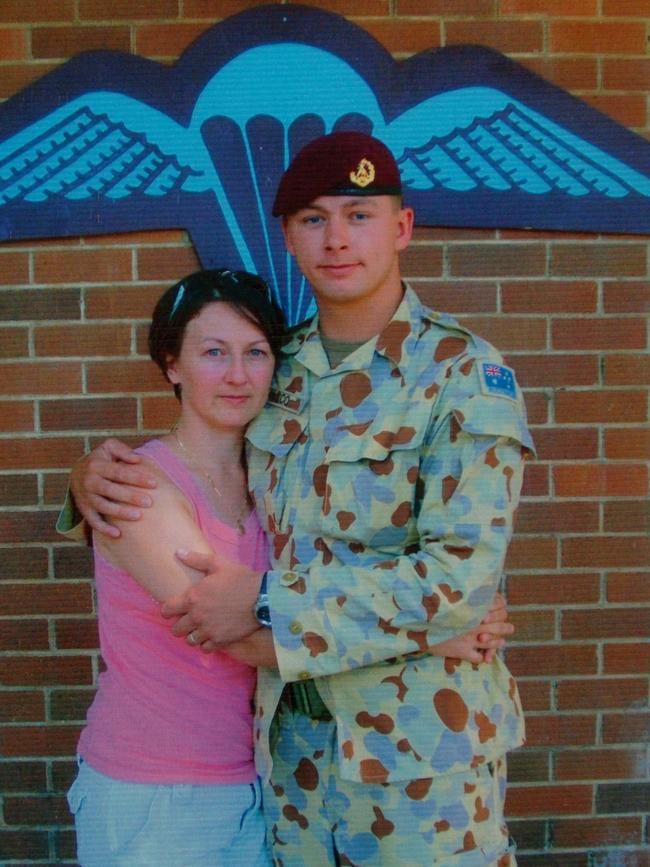
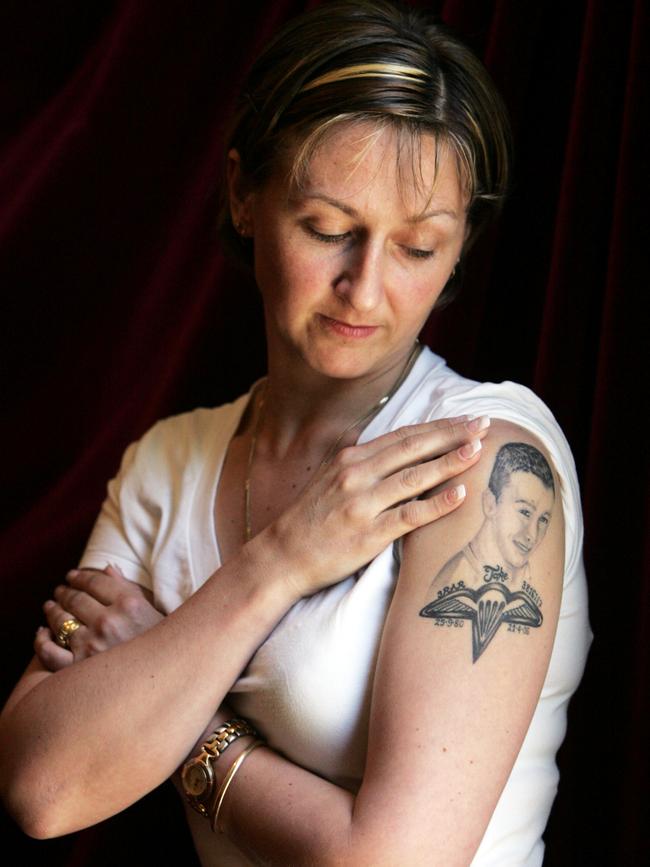
“The medical evidence basically is (that) the loss of muscle control with Kovco in this case would be almost instantaneous (when the bullet entered his brain). And loss of muscle control prevents you holding the weapon tight, preventing it cycling.”
It indicated Kovco had fired the weapon himself, because to cycle, the weapon needed to be gripped tightly. The fact it hadn’t cycled suggested the shooter had released the grip on the weapon immediately after firing, preventing the spent cartridge from being ejected.
Then came another complication: DNA tests found Kovco’s genetic material on the weapon, but also that of another person — in a greater quantity. The other man — a fellow soldier who had not been in the room when Kovco died — couldn’t explain how his DNA got on the gun, and insisted he had not touched the weapon.
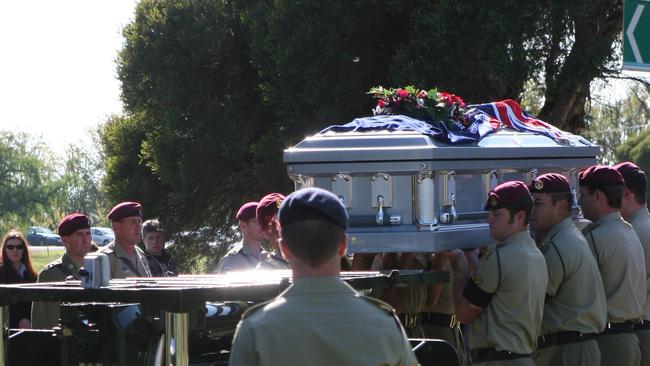
After months of assembling evidence, Hayes was left to theorise the other man’s DNA had been “transferred” to the gun while the two men were on duty together: “He was on picket guard, and they’re on various stations around the embassy where they did guard. And we’re theorising that probably at some stage there has been secondary transference (of the soldier’s DNA) because they’re sitting in the sandbags together or sitting in an office together or whatever. And Kovco unfortunately just doesn’t unload the weapon, because he’s not used to it. And that’s it.”
Hayes’ frank conclusion, presented to the inquest: Kovco’s death was an accident; a young soldier skylarking by holding to his head a gun he thought was unloaded and pulling the trigger. It was the same finding an earlier military inquiry had indicated.
The coronial inquest was held — unusually — before a jury at the request of Judy Kovco, who’d lost all faith in authorities. The jury’s finding that Hayes was right and Kovco had accidentally shot himself enraged Judy Kovco.
Originally published as I Catch Killers: The tragic death of Australian soldier Jake Kovco



